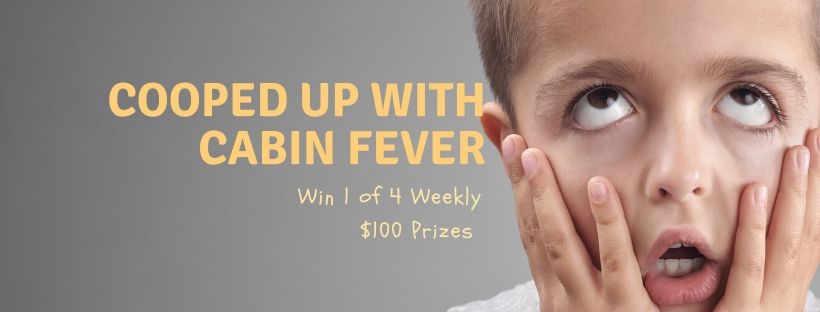
Welcome to another month of isolation and social distancing – groundhog day has well and truly set in!
If you are missing your daily gym fix and are working out at home instead, this month our blog has some tips about keeping the kids safe around your home fitness equipment. We also have an article on Carbon Monoxide Awareness Week, some information on choosing a rear facing car restraint for a newborn and a Q&A with our child car restraint expert Kathy.
Don’t forget to jump on board the final week of our ‘Cooped up with Cabin Fever’ Facebook competition, where you could win a $100 gift voucher and go into the draw to win our $250 major prize.
We are all in this together, so please stay safe and look after yourselves!
Break Out in a Sweat Safely at Home

Photo: Canva
With all gyms and sporting facilities closed due to COVID-19 restrictions, many people have stocked up on exercise equipment to set up makeshift gyms at home. Read our blog for some tips and advice on what you can do to set up and use your equipment while also keeping the kids safe.
Choosing a rear facing child car restraint for a newborn
What are the options and how do they differ?
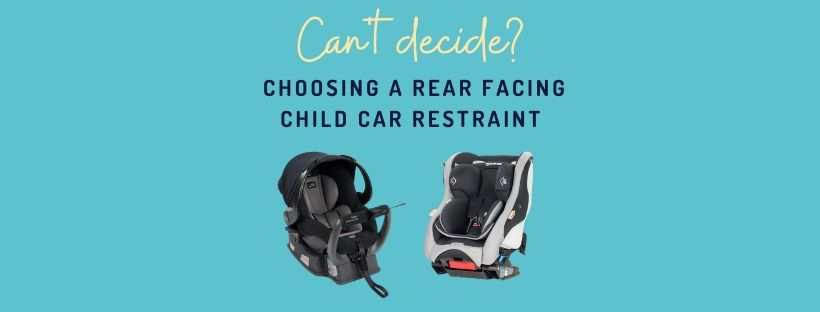
Being an expectant parent is such an exciting time, however there is also a lot to research, learn, plan and do before your little one arrives! One of the most important purchases you will make is a rear facing child car restraint.
With so many options on the market and everyone from family, friends and strangers online providing advice on what you should use, it can be quite a confusing and daunting choice, particularly if you are first time parents.
There are three main categories of rear facing child restraints that you can purchase:
- • Capsules.
- • Convertible child car restraints – including options that are a mix of a rear facing and forward facing child car restraint (often called 0-4 child car restraints) and those that are a mix of a rearward facing, forward facing and booster seat (often called 0-8 child car restraints), and;
- • Extended rear facing child car restraints.
There are various benefits that parents and carers love about each of these options – which is why you may receive so many different recommendations!
You can read more about the differences and some of the pros and cons of each in our ‘Purchasing a Rearward Facing Child Restraint for Newborns’ brochure.
When making your choice, there are a few key elements to take into consideration:
- • All child car restraints sold and used in Australia must meet the Australian standard.
- • Child car restraints come in various lengths and depths, so it’s important to consider what will fit best into your vehicle, especially if you often transport other children that need to fit across the back seat.
- • While the laws allow children over 6 months of age to travel in a forward facing child car restraint, the National Best Practice Guidelines recommend that it is safest to leave your child in their rear facing restraint until they outgrow the size limits, because rearward facing child car restraints provide the head and neck support that infants need. Therefore, it’s important to consider the rear facing capabilities of the different makes/models you are looking at.
- • Because capsules can only be used for a short period of time, some people choose to hire rather than purchase them.
You can also view more information on rearward facing child car restraints by checking out this demonstration video with Kathy, our Child Car Restraint Manager.
Please also visit the Safe Seats Safe Kids and Kidsafe Victoria websites to stay up to date with all the latest regarding child car restraints.
Up Close and Personal With Kathy Taylor: Kidsafe Victoria’s Child Car Restraint Manager
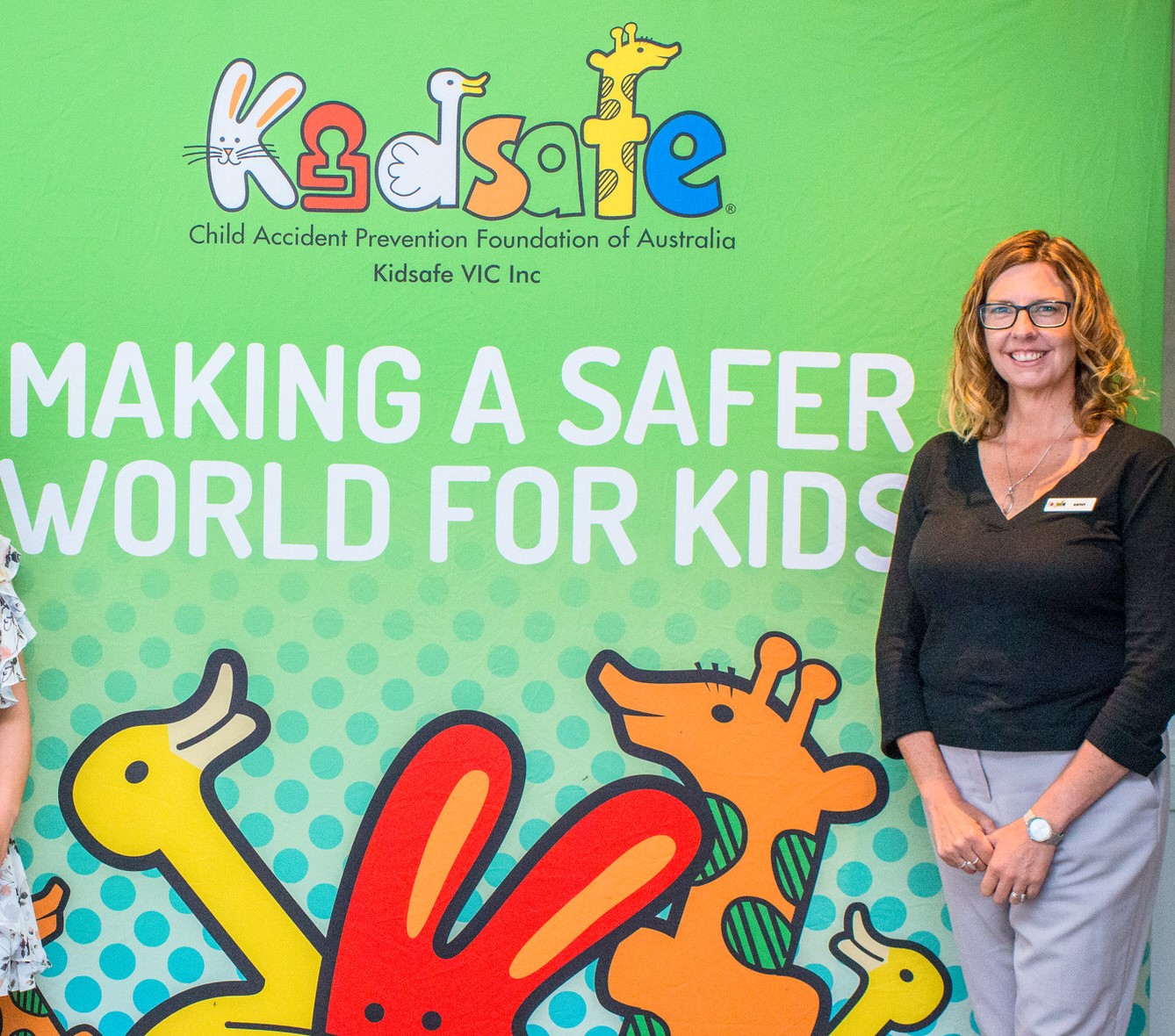
Kathy is a qualified child car restraint fitter and a passionate advocate for child safety. She joined the team at Kidsafe Vic last year as our Child Car Restraint Manager, after being an educator in our child car restraint education program for the past 5 years.
Q. How long have you been professionally installing and adjusting child car restraints?
I was trained in September 2012 and started restraint fitting professionally in November 2012 – 7.5 years in total.
Q. What is the most dangerous issue you’ve seen with car restraint installation?
I once had a client that was trying to fit 4 child restraints in a 5 seater vehicle. Their plan was to secure the 4th restraint in the boot of the vehicle. This restraint was for a newborn baby.
Q. What changes or improvements have you seen over the years that have increased the safety of child car restraints?
The introduction of height markers and extended rear facing options have dramatically increased the safety of child car restraints.
Q. What further changes would you like to see made to the current child car restraint regulations?
I would love to see further changes made to rear facing and booster seat laws. There is often confusion amongst parents and carers between the law and best practice recommendations, which can result in children being graduated to the next stage of restraint too early for their size and development.
Q. What do you love most about being involved in the ‘Safe Seats, Safe Kids’ free child car restraint checking and fitting program?
I love seeing the many families and children that come to our events and educating them in the safest and correct way to transport the children. We have changed many child car restraints in our events; the children’s faces after the change to make the travelling experience more comfortable for them is a delight. I also love working with my fellow restraint fitters as it provides great joy to us seeing a family leave with a safer travelling environment for their child.
Q. Why do you think this is such an important initiative for Victorian families?
We see many parents and carers travelling with children in their vehicles who are incorrectly restrained or not in a child car restraint at all. To provide education to the parents and children is invaluable. Many people do not understand child restraints and how to fit them to their vehicles correctly. This initiative provides us the opportunity to help educate these families – particularly in rural Victoria where restraint fitting services are few and far between.
Q. If you weren’t working at Kidsafe/as a child restraint fitter, what job would you like to have?
I think I would still be in the area of education. Because I love working with people, children or adults, and I gain alot of delight in seeing people’s responses once they understand the area of discussion.
**You can catch up more with Kathy on the Safe Seats Safe Kids Facebook page for her regular Friday afternoon videos, where she discusses trending child car restraint topics.
Carbon Monoxide Awareness Week
27th April – 3rd May 2020
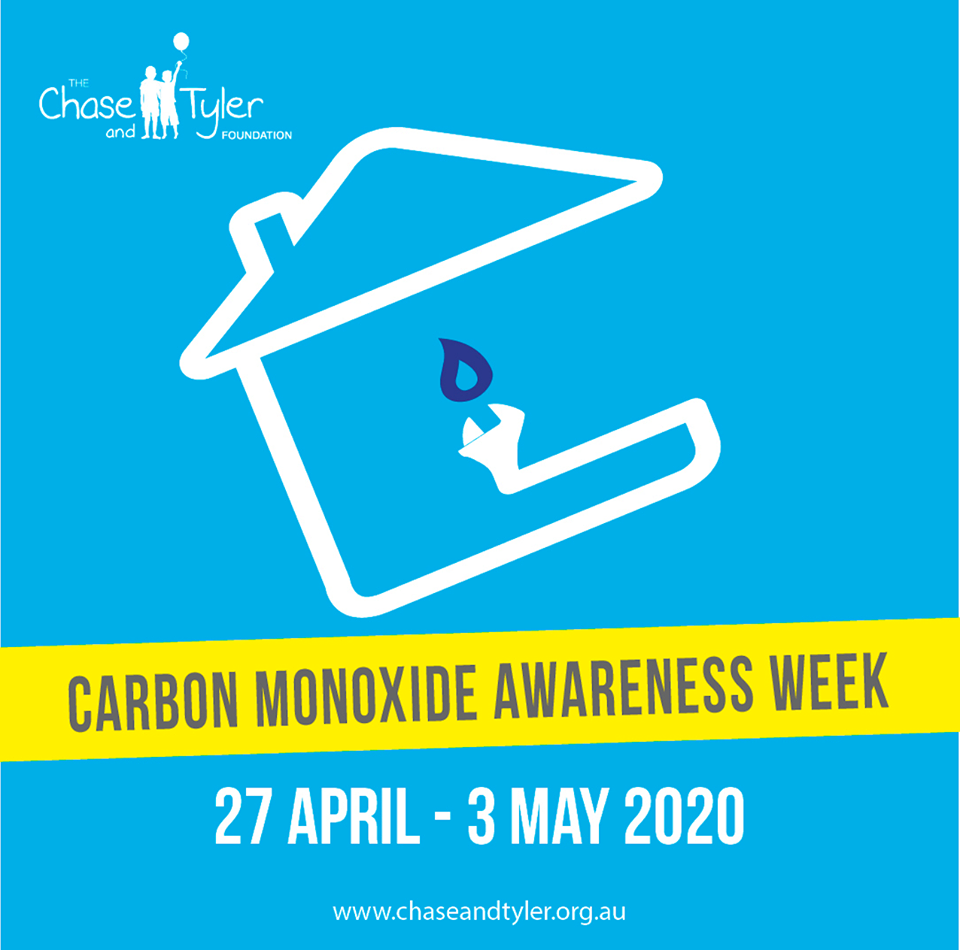
Carbon Monoxide Awareness Week is an annual event run by the Chase and Tyler Foundation. The event raises awareness of the dangers posed by carbon monoxide and teaches families what they can do to reduce the risk.
The foundation was established by Vanessa Robinson to honour the memories of her sons, Chase 8 and Tyler 6. They both tragically died from accidental carbon monoxide poisoning in 2010 due to a faulty gas heater in their rental property.
Top Tips to reduce the risk of carbon monoxide poisoning in your home
-
- • Have all gas and fuel-burning appliances serviced every 1 – 2 years by a qualified gasfitter/plumber.
- • Ensure all chimneys and flues are swept and inspected annually.
- • Ensure adequate ventilation in your home – do not block ventilation and check that your permanent ventilation is clear.
- • Have a qualified gasfitter install a high standard audible carbon monoxide alarm outside sleeping and living areas.
- • Never bring an outdoor gas or fuel-burning appliance inside your home, tent or caravan.
- • Never leave your car’s engine running idle in an enclosed space e.g. an attached garage to your home.
- • Be aware of the symptoms of carbon monoxide poisoning, which can often be mistaken for viral infections or the flu, including headaches, drowsiness, shortness of breath, dizziness, vomiting, nausea, weakness, confusion or chest pain.
For more information on what you can do to help keep your family safe, please visit our friends at The Chase and Tyler Foundation.
National Burns Awareness Month Small Grants Program
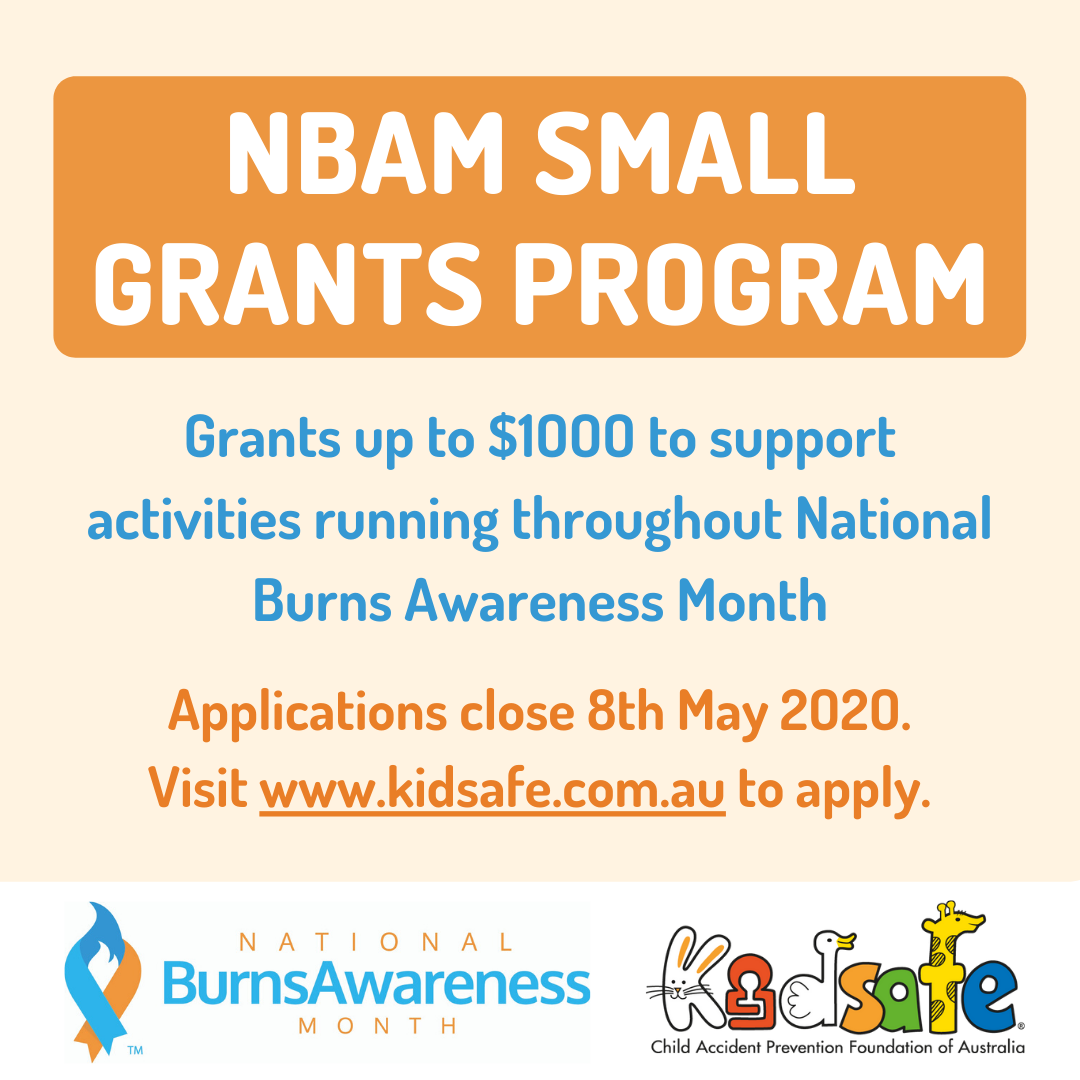 To encourage organisations to get involved in National Burns Awareness Month, Kidsafe Australia is offering small grants of up to $1000 to support organisations around Australia to implement burns prevention and awareness projects during the month of June.
To encourage organisations to get involved in National Burns Awareness Month, Kidsafe Australia is offering small grants of up to $1000 to support organisations around Australia to implement burns prevention and awareness projects during the month of June.
Grants can be utilised to implement media activities, development and printing of educational material, social media, centre displays and any other relevant programs or activities.
Applications close 8th May so get in quick!
Visit the Kidsafe Australia website for full details and to submit your application.
Product Recalls
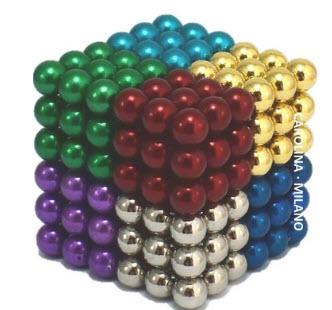 Amazon Export Sales LLC — 8 Colours Cube 216 Pieces 5mm Multi-coloured Large Cube Toy
Amazon Export Sales LLC — 8 Colours Cube 216 Pieces 5mm Multi-coloured Large Cube Toy
This product contains small, high-powered magnets. If more than one of these magnets are swallowed, they can stick together, leading to internal injuries and even death.
For further information, please click here.
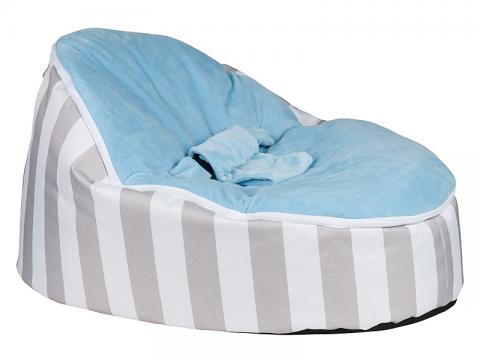
KJ Essentials — Deluxe Baby Bean Bag Cover
Incorrect labelling on the packaging may result in the misuse of the product, increasing the risk of a suffocation hazard for infants and young children.
For further information, please click here.

